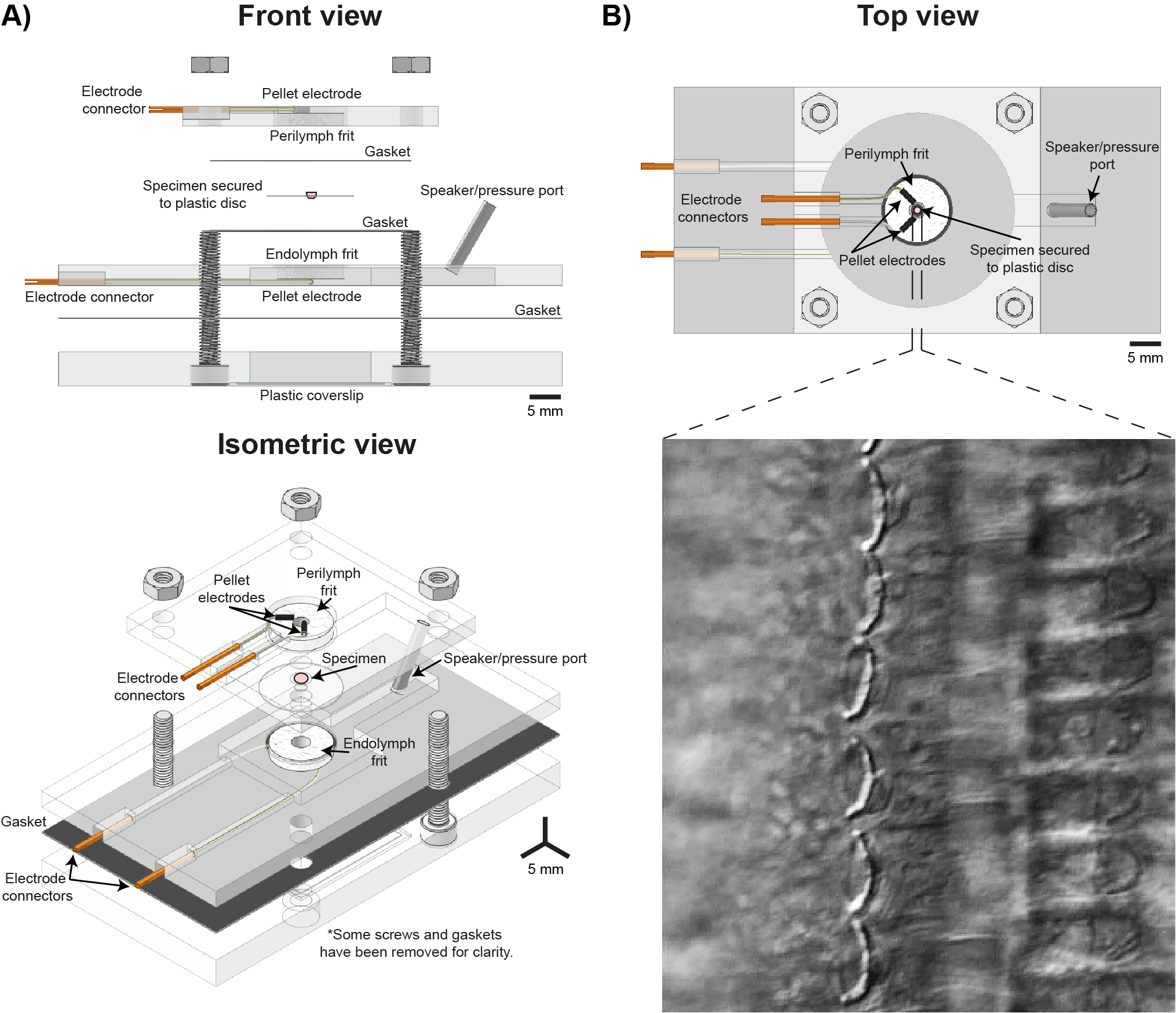Hearing in a dish
Your ear has an in-built amplifier to detect sounds, whose workings are still unknown. We developed a new method that, for the first time, overcomes a long-lasting experimental barrier and allows us to study this elusive process outside of the living organism.

As early as the 1950s, scientists uncovered a surprising truth: our ears don’t just receive sound—they generate it. This is the result of the activity of the hair cells, tiny sensory cells inside the ear that actively amplify the very vibrations they are meant to detect, by means of a so-called active process. These cells makes us able to hear everything from the faintest whisper to the roar of a jet engine, and they operate at astonishing frequencies—up to 20,000 Hertz in humans. For comparison, a standard screen refreshes at just 60 Hertz, or 60 frames per second—fast enough to appear as a continous stream to our eyes. Our ears track vibrations hundreds of times faster, making vision seem almost sluggish in comparison.
When this process falters, hearing loss begins, affecting th elives of billions worldwide, but despite decades of research, no one fully understands how it works.
A big clue comes from frogs and other non-mammalian animals, where individual ear cells can be observed teetering on the edge of spontaneous activity—a special state that physicists call a Hopf bifurcation. Here, cells become incredibly sensitive, like a tightrope walker perfectly balanced, ready to sway at the lightest breeze. But whether mammalian ears use the same trick has remained a mystery, largely because of one stubborn technical challenge: once removed from the body, the mammalian ear quickly loses its magic.
I started working on this problem with my colleagues at Rockefeller University in 2021, by designing a custom-biochamber that would preserve the active process viable ex vivo and by creating a new dissection protocol. The subsequent process of optimization led to the construction of 19 versions(!), before we could finally reach success in what I baptized the LIVE chamber: Lifelike In Vitro Environment. This work required mastering acoustics, electrical engineering, mechanical crafting, fluid dynamics, and microfluidics. This tiny ecosystem preserves the active process outside the body, giving scientists an unprecedented window into how hearing works. Read the full paper open access→